
There’s a reason we’re told to ‘eat the rainbow’. The thing that brightly coloured foods have in common is antioxidants. These are plant chemicals that are known to have a range of health benefits, but it’s becoming clear that each one has slightly different advantages, especially fighting age-related diseases.
Many of these brightly coloured foods are high in polyphenols, which are a group of antioxidants that also includes flavonoids (such as anthocyanins, found in purple foods, and catechin, found in tea and broad beans.)
A recent Queen’s University Belfast study, looking at the health data of 122,000 UK adults, found that a diet rich in flavonoids significantly reduced the risk of dementia, especially in people with other risk factors like high blood pressure, depression or genetic susceptibility.
Those with the highest flavonoid intake from the food list (berries, apples, grapes, citrus, peppers, onions, red wine, tea and dark chocolate) were 28% less likely to develop dementia than those with the lowest intake.
Tea (black and green), berries and red wine were foods that made the biggest difference.
"Plants produce these compounds to help protect them from pests, disease and environmental stress and they have beneficial effects when we eat them," explains nutritionist Hannah Neville Green.
"Antioxidants protect our DNA, proteins and lipids [fats] from damage by free radicals, which are unstable molecules that attack cells, causing chronic disease and premature ageing." We produce free radicals through metabolism, but also in response to stress, viral infections and pollution.
The general rule is to eat a varied colour palette of fruit and vegetables to gain a broad spectrum of antioxidants. But you can also make sure you're eating plenty of those most useful to you.
"Certain antioxidants have unique properties, or the potential to benefit particular areas of the body," says Neville Green.
"Vitamin C and flavonoids (found in berries and cherries) reduce inflammation, lower blood pressure and decrease LDL cholesterol, all of which reduce the risk of heart disease."
Lutein and zeaxanthin are types of carotenoid. Carotenoids are antioxidants related to vitamin A – they're thought to have a range of health benefits. Lutein and zeaxanthin seem to play a particularly important role in eye health. They are found in spinach, spring greens, broccoli, and cos and romaine lettuce. Kale is the best source of all, especially if it's eaten raw.
"The antioxidants lutein and zeaxanthin may protect against age-related macular degeneration," says Neville Green. There's also evidence that lutein can help with "dry" macular degeneration in people who already have it.
Tomatoes are the richest source of lycopene, which is a type of carotenoid (a group of antioxidant red, orange and yellow pigments produced by plants). It's lycopene that is responsible for tomatoes' red hue.
"Several trials with groups of middle-aged and older people have shown that a higher intake of lycopene gives a reduced risk of prostate, bowel and ovarian cancer," says nutritionist Dr Lucy Williamson.
Generally, the riper the tomato, the more lycopene it contains – green and yellow varieties of tomatoes don't contain lycopene (yellow tomatoes still contain other nutrients, including vitamin C and beta-carotene, although the beta-carotene levels are lower than in red tomatoes).
Sundried tomatoes are one of the best sources of lycopene, with 45.9mg per 100g, compared to 3mg in fresh tomatoes. Cooking tomatoes makes them healthier as the lycopene is more available to the body, as it breaks down the fruit’s thick cell walls, which means processed tomato products like tomato puree and tomato sauce are very good sources.
Other red, orange and pink foods like apricots, watermelon, papaya and grapes are good sources too.

Blueberries are often touted as the ultimate "superfood" – although most health experts say it's more helpful to focus on a healthy balanced diet than specific "superfoods". Still, blueberries are undoubtedly high in antioxidants.
The phytochemicals in blueberries include phenolic acid, resveratrol, flavonoids and tannins. Perhaps most potent is the purple pigment anthocyanin, which is a type of flavonoid.
An analysis of more than 200 studies concluded that anthocyanin reduces the biomarkers and risk of cardiovascular disease, Type 2 diabetes, and neurological decline.
Even moderate amounts of blueberries (a handful/ 50g) are associated with reduction in disease risk. All red and purple fruits and vegetables (berries, grapes, plums, cabbage) are sources of anthocyanin.
The antioxidant astaxanthin isn’t well known but gives salmon, trout, prawns and crab their pink colour, and is 6,000 times more powerful than vitamin C and 100 times more potent than vitamin E, according to a scientific analysis.
In a recent Japanese study, older participants with memory decline experienced an increase in cognitive function after supplementing with astaxanthin for 12 weeks. Health benefits start to be felt at 3.6mg a day; one 110g portion of wild sockeye salmon contains about 4.5mg, whereas farmed salmon has more like 1mg per 125g portion.
Check with your doctor if you are considering taking a supplement, particularly if you have an autoimmune condition.
Glucosinolates are only found in brassicas (also known as cruciferous vegetables). These phytochemicals (chemicals produced by plants) release a useful nutrient called sulphoraphane when the vegetable tissues are damaged, for example by chewing or chopping.
They have been shown to have anti-inflammatory and cancer-protective properties, and there is also evidence that they could improve risk factors for heart disease, and might even help with arthritis and asthma.
"Glucosinolate is unique to cruciferous vegetables, which include broccoli, cauliflower, cabbage and kale," says Dr Williamson.
There are more members of the brassica family than you might think – it also includes Brussels sprouts, rocket, radishes, pak choi, turnips, horseradish, mustard and kohl rabi.
Cress (also known as mustard and cress) and watercress are some of the richest sources; you can tell by the bitter taste. Scientists at the University of Ulster gave 60 healthy volunteers an 85g bag of watercress to eat every day for eight weeks and found that DNA damage to white blood cells (which can be a cancer trigger) was reduced by 23%. However, this was a small study and some cancer experts pointed out that all fruits and vegetables can help to protect against DNA damage.
Watercress and other brassicas can offer most health benefits when eaten raw, as cooking can reduce glucosinolate levels by 30% to 60%.

Coffee is the biggest source of antioxidants in the Western diet – specifically polyphenols, which are a type of phytonutrient found in many brightly coloured foods. There are more than 8,000 polyphenols and they help mop up free radicals in your body, which can damage cells. They are also believed to protect against heart disease and stroke.
"Small amounts of polyphenols from coffee make it into your liver. They help your body deal with harmful free radicals by supporting the liver so it can better prevent disease. They’re also likely to improve your gut microbiome," says dietitian Dr Duane Mellor, at Aston Medical School.
A study by the American College of Cardiology in 2022 found that drinking two to three cups of coffee a day could be linked to a lower risk of heart disease and of abnormal heart rhythms, and could be linked to living longer.
More recently, a study in the European Heart Journal found that people who drank coffee in the morning, but not all day long, had a lower risk of dying, and a lower risk of dying from heart disease.
Professor Thomas Lüscher, from Royal Brompton and Harefield Hospitals in London, said: “Overall, we must accept the now substantial evidence that coffee drinking, particularly in the morning hours, is likely to be healthy.
"Thus, drink your coffee, but do so in the morning!”
Resveratrol isn't actually a red pigment, but red wine is one of its most common sources. That's because resveratrol is found in grape skins, and red wine is fermented with the grape skins included.
Resveratrol is another member of the polyphenol family. Red wine contains several polyphenols; the St Laurent and Pinot Noir grapes contain the most resveratrol (although levels can also be affected by how grapes are grown).
Research has linked resveratrol with positive effects on the prevention and treatment of neurological diseases including Alzheimer's and Parkinson's, as well as protective effects against cancer and heart disease.
However, a lot of the research into resveratrol has been done in rats and mice, or on cells in the lab, so there's limited evidence of its real-world benefits for humans. These reviews of the research have also concluded that more research is needed to confirm these effects.
The World Health Organization and others have said that that the health risks of alcohol outweigh any benefits, so if you drink red wine, do it because you enjoy it, not for health reasons. Or try one of the low and no-alcohol wines which are now available.
Other sources of resveratrol include blueberries, strawberries, pistachios and peanuts.
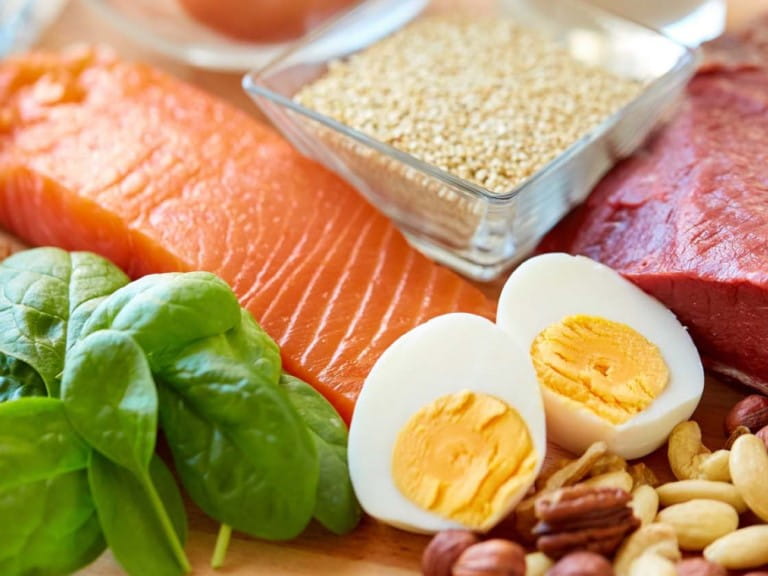
Everything you need to know about protein, from what it does for your body to the best high protein foods – and how much you really need.


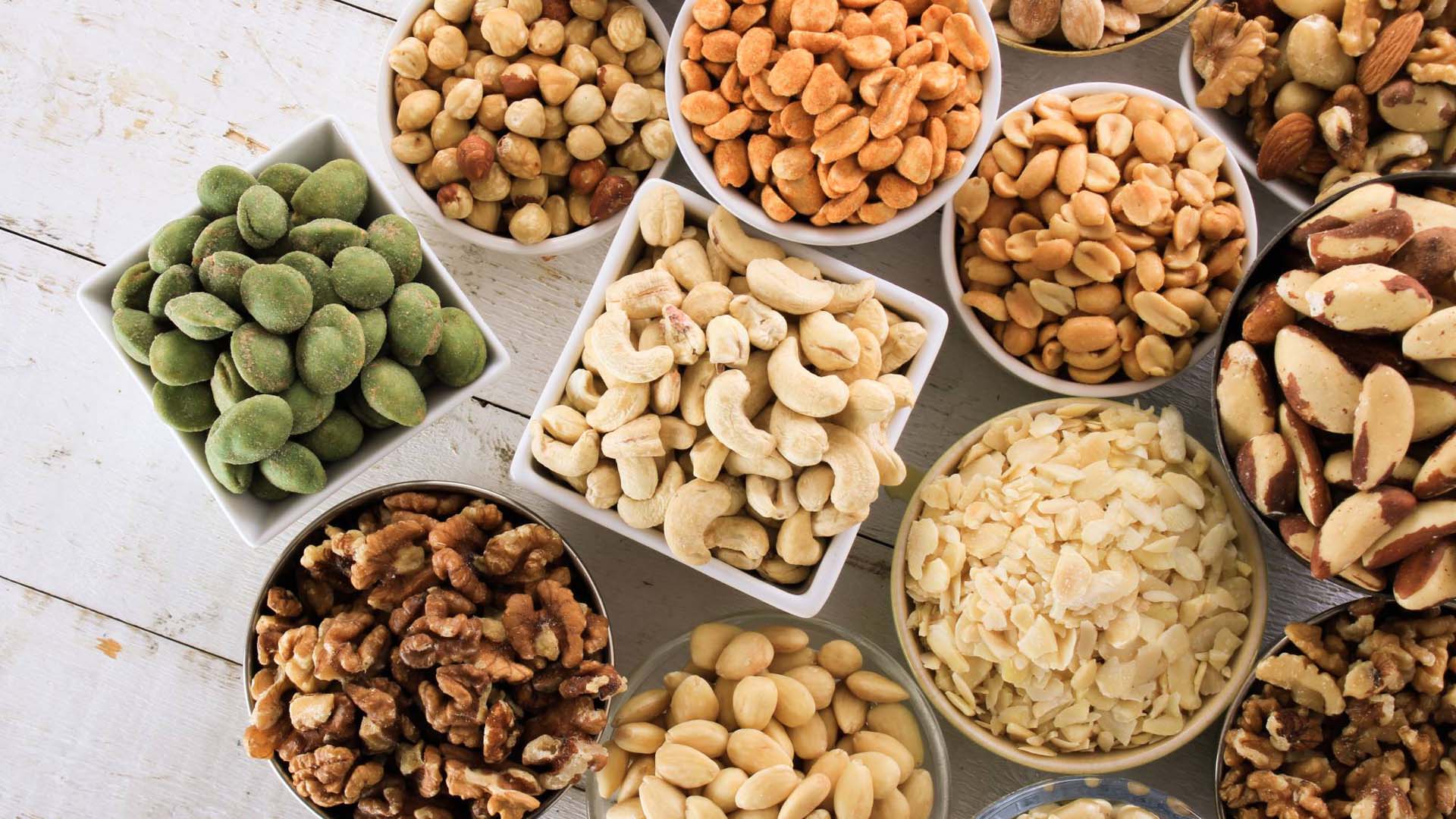
Let’s roast the myths! Not only are nuts less fattening than once feared, research shows they can cut the risk of heart disease too
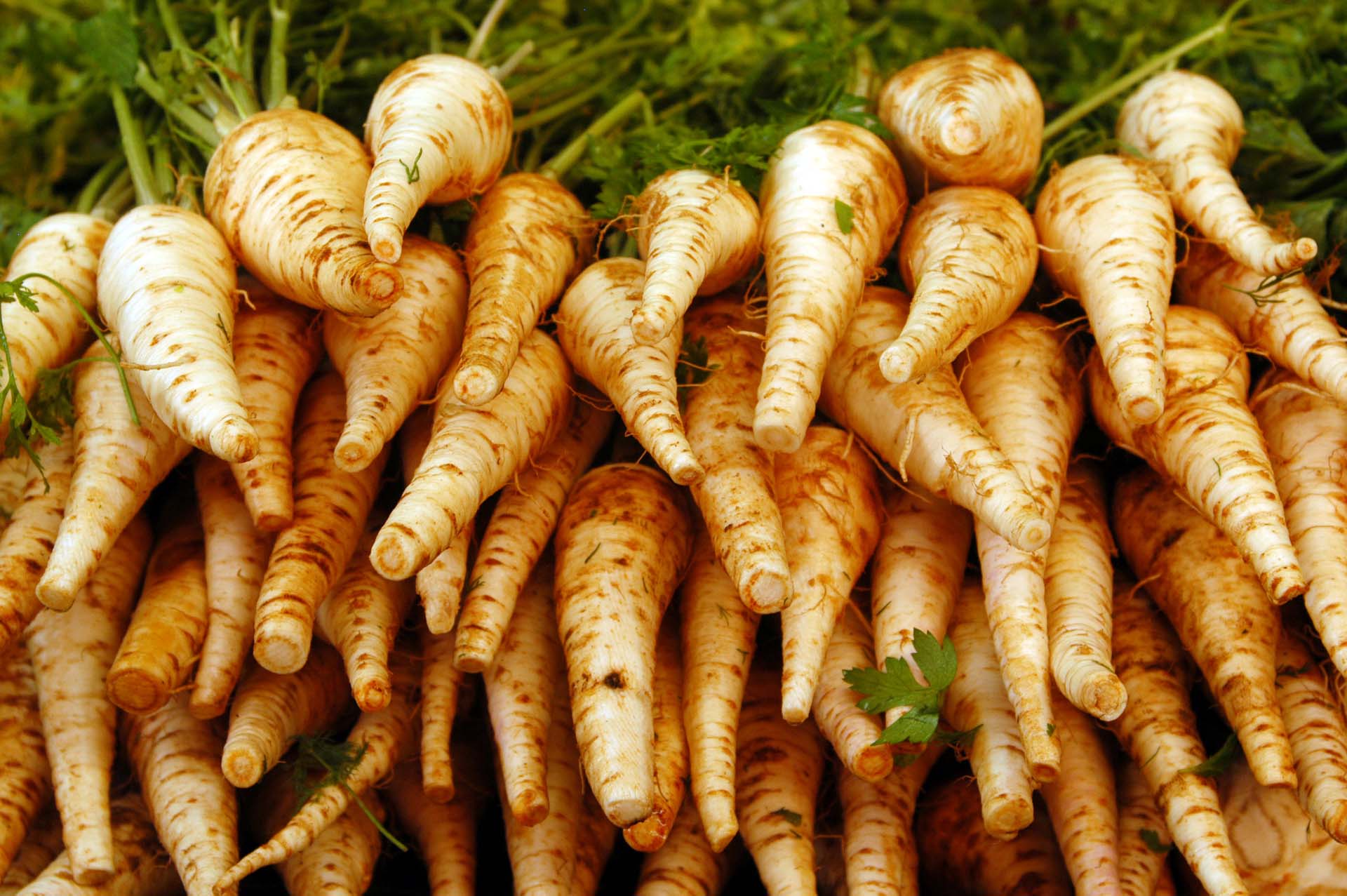
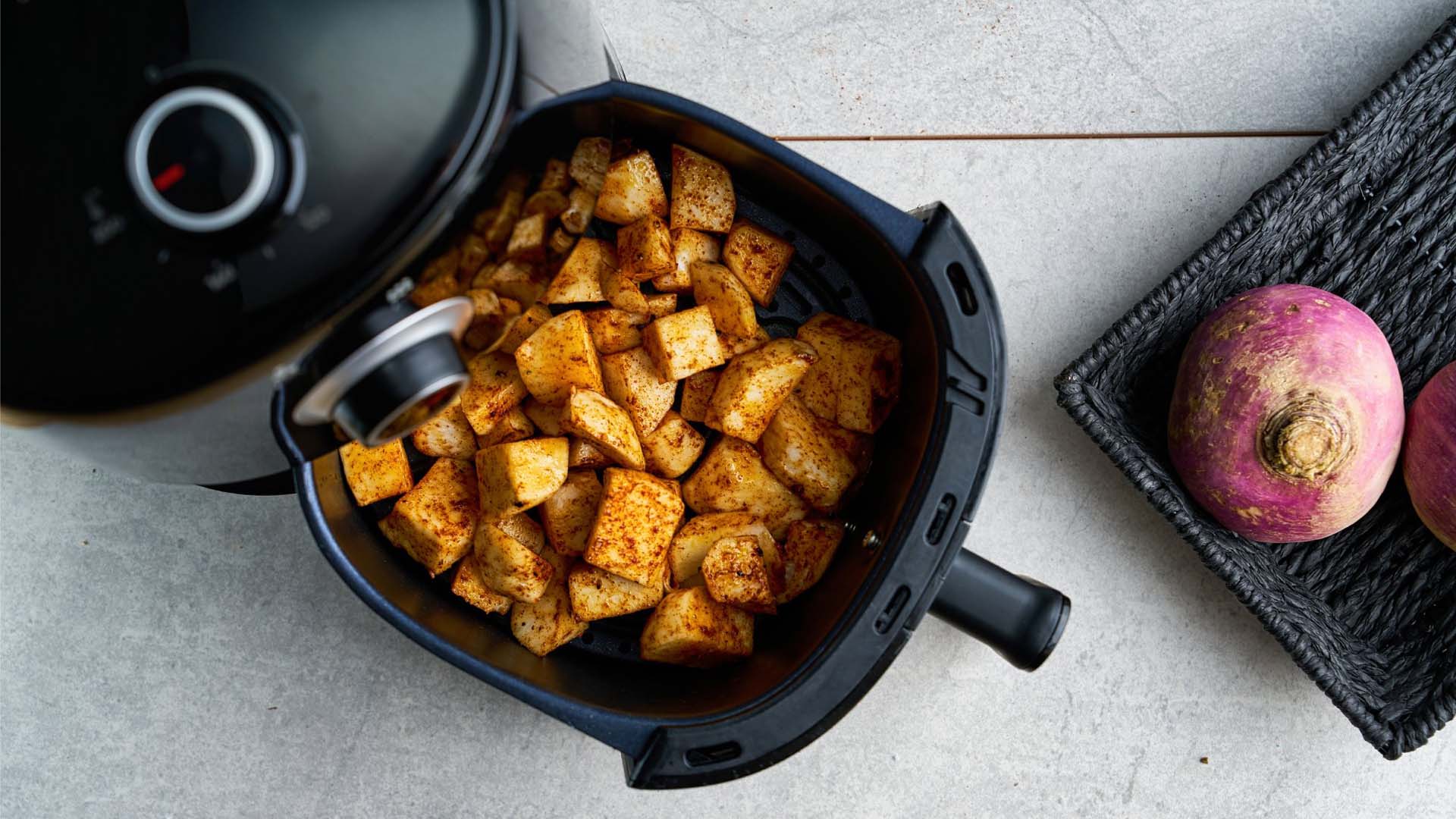
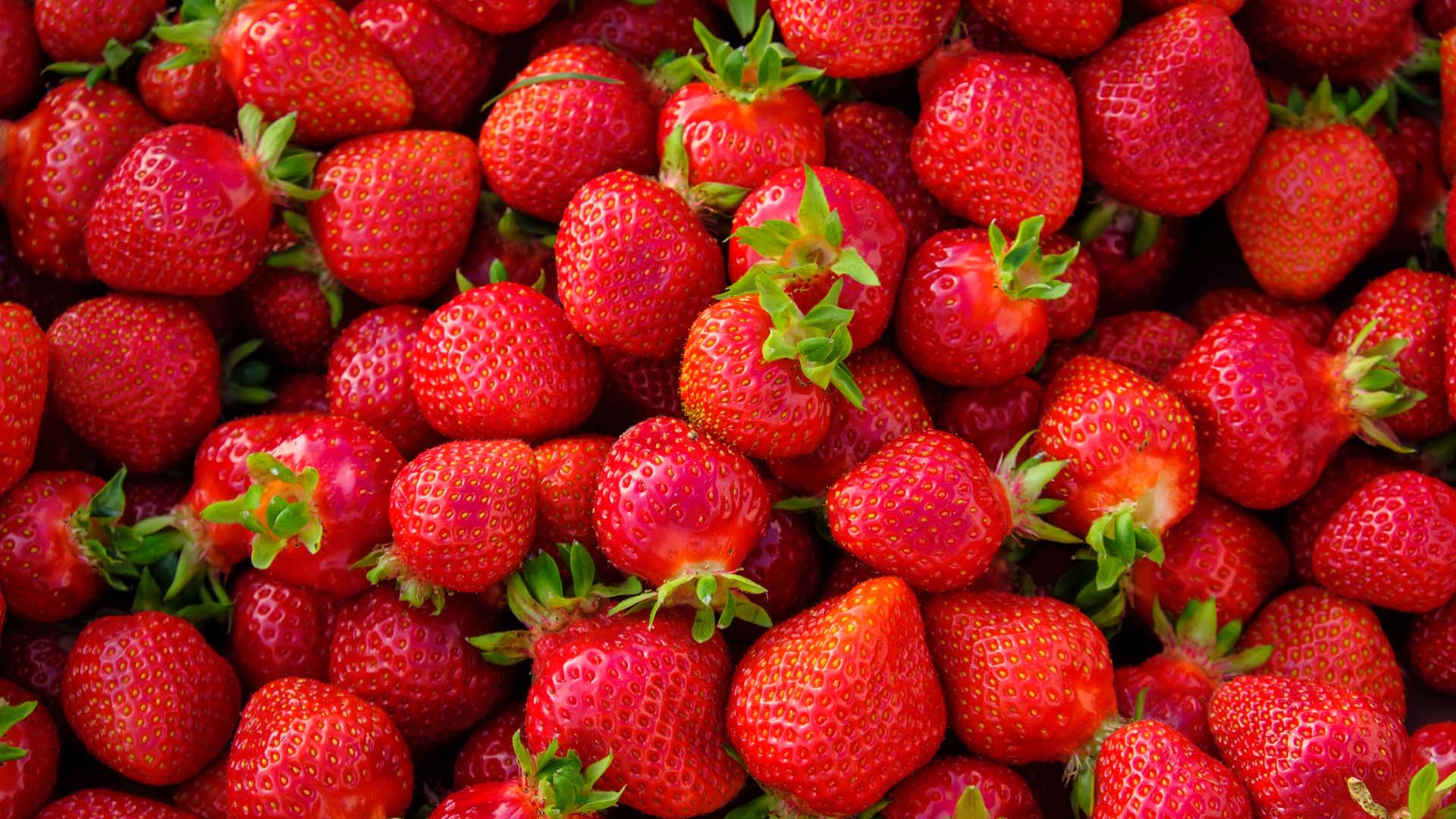
Strawberries don't just taste and look great, they are full of fibre, help your heart health and may even stave off dementia.
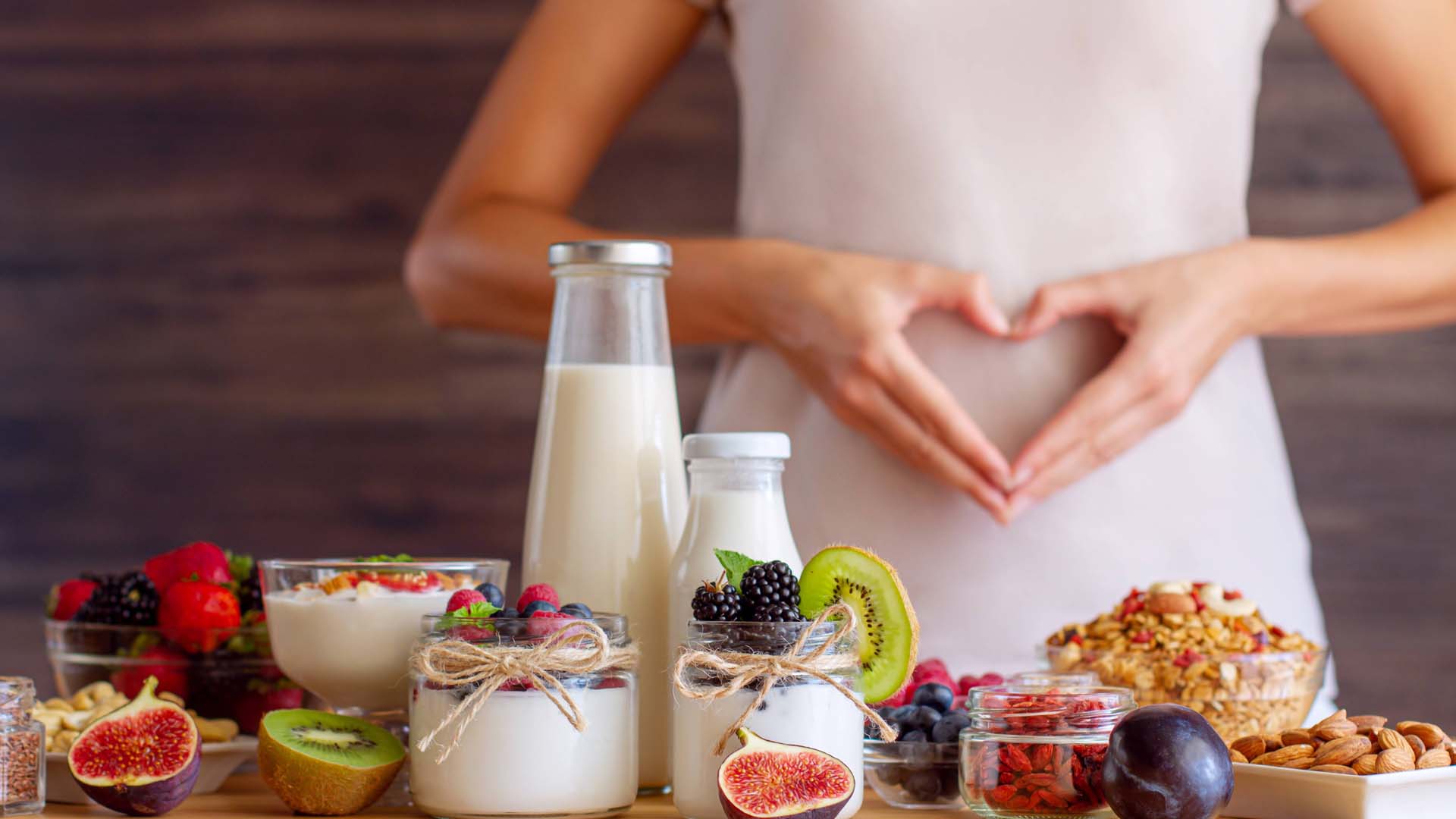
Looking after your gut health could be one of the biggest things that you can do for your overall health. Here are the best foods to keep your gut happy.
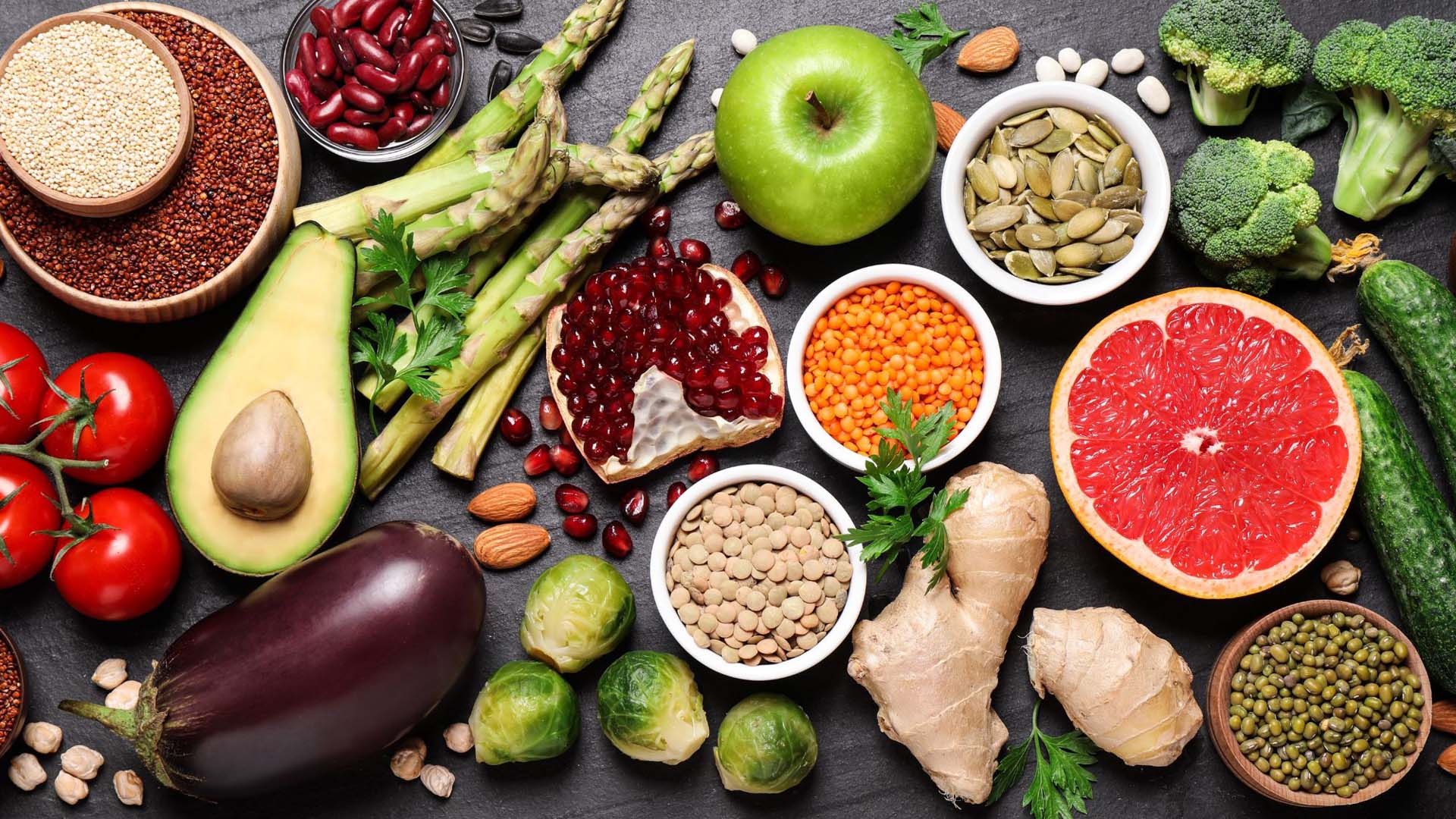
The foods that could help you live longer and protect against chronic illness.